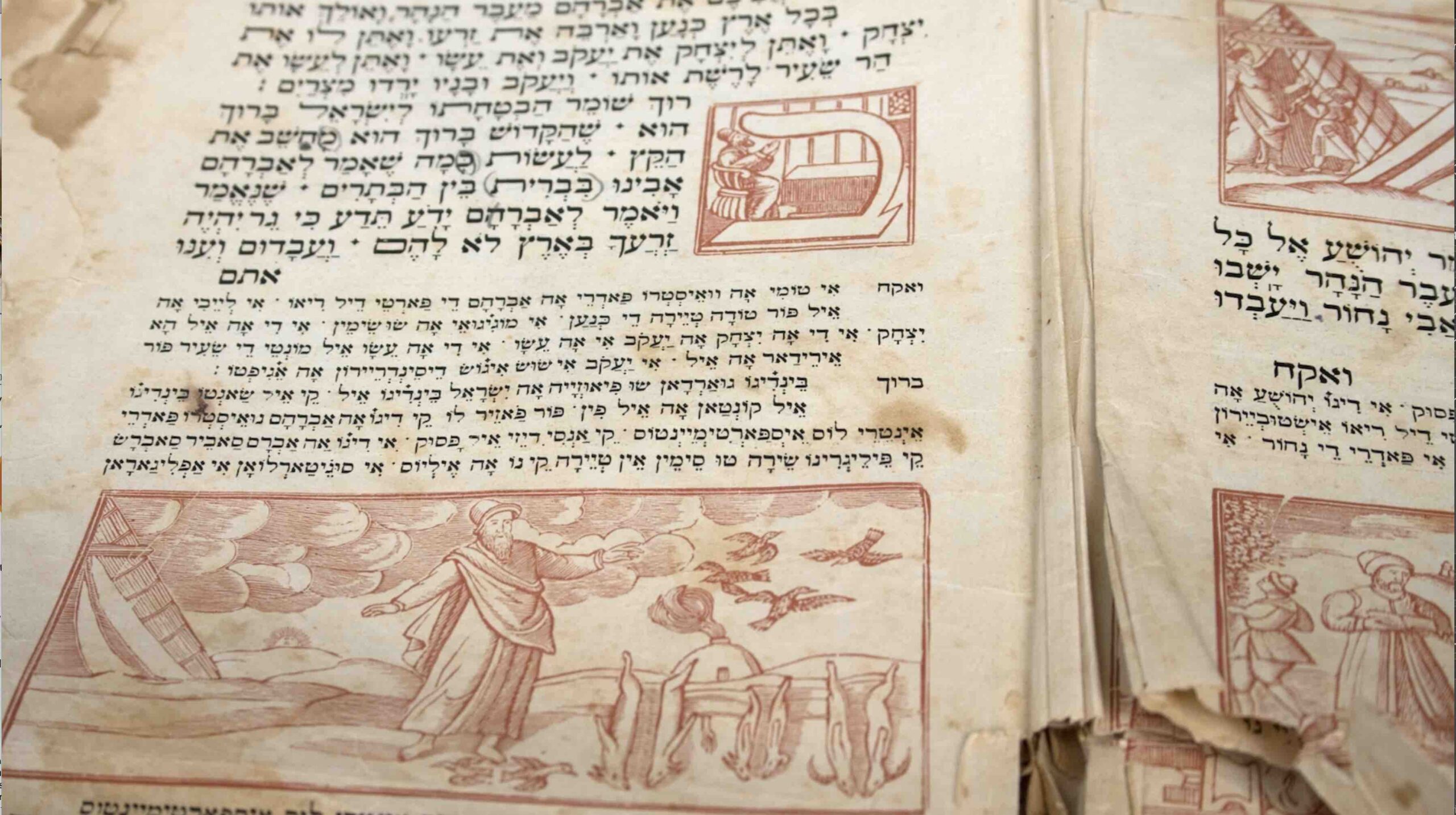 Shabbat Parah, Shabbat HaHodesh and Shabbat HaGadol.
Shabbat Parah, Shabbat HaHodesh and Shabbat HaGadol.
The Shabbat ot (plural of Shabbat) surrounding holidays often are permeated with the holiday themes, creating the mood for an upcoming festival, reflecting or enhancing festival themes, or easing the transition from a holiday back into the weekly flow of Shabbat.
A special Shabbat usually includes a special Torah or haftarah [prophetic] reading that either replaces the standard weekly reading or is read in addition to it, as well as a maftir, or final aliyah, that reflects the holiday’s theme and is read from a different Torah scroll.
Here’s what happens on the three Shabbats preceding Passover:
Shabbat Parah
Shabbat Parah, the Sabbath of the Red Heifer, occurs on the last Shabbat of the month of Adar. The final Torah reading read on that Shabbat, Numbers 19:1-22, deals with the red heifer whose ashes were combined with water to ritually purify anyone who had been in contact with a dead person. Because only people who were pure could eat from the Passover sacrifice, in ancient times a public announcement reminded anyone who had become impure to purify themselves before making the Passover pilgrimage to Jerusalem.
The haftarah, Ezekiel 36:16-38, also deals with issues of being cleansed from contamination, but the impurity in this case symbolizes human sinfulness. But, like physical impurity, sins can be overcome. As G-d says in Ezekiel 36:25: “I will sprinkle clean water upon you, and you shall be clean: I will cleanse you from all your uncleanness and from all your fetishes [idolatrous practices]. And I will give you a new heart and put a new spirit into you.” This renewal of self and nation reflects Passover’s theme of redemption.
Shabbat HaChodesh
Shabbat HaChodesh occurs either on the Shabbat before Rosh Chodesh Nisan or on Rosh Chodesh itself. (Rosh Chodesh is a celebration of the new month.) The maftir reading is Exodus 12:1-20, which details eating the Passover sacrifice, with “your loins girded, your sandals on your feet, and your staff in your hand”; eating bitter herbs and unleavened bread; and putting blood on the doorposts; and it lists the Passover laws.
The first day of Nisan is also important as the occasion for G-d’s first commandment, sanctifying the new moon, which begins the Torah reading: “This month shall mark for you the beginning of the months; it shall be the first of the months of the year for you.”
This commandment moved the determination of months from G-d’s agenda into the hands of the Jewish people—giving them control over time and the theological/liturgical cycle. The haftarah, Ezekiel 45:16-46:18, describes the sacrifices that the Israelites are to bring on the first of Nisan, on Passover, and on other festivals in the future Temple.
Shabbat HaGadol
The Shabbat before Passover is called Shabbat HaGadol, the Great Sabbath. As the Israelites were preparing to leave Egypt, G-d commanded them to select a lamb that would serve as the Passover sacrifice. This mitzvah, or commandment, required the Israelites to actively participate in the redemption from Egypt. The name Shabbat HaGadol literally comes from a verse in the day’s haftarah, Malachi 3:4-24. “Lo, I will send the prophet Elijah to you before the coming of the awesome, fearful day of the Lord,” which alludes to a messianic future.
The past redemption at Passover is tied to the future messianic redemption, which, according to tradition, also will take place on Passover. Traditional practices on Shabbat HaGadol include reciting special hymns about the laws of Passover, reading the part of the Haggadah that begins with Avadim Hayinu (“We were slaves”) and listening to the community’s outstanding Torah scholar address the congregation on the laws of Passover.









